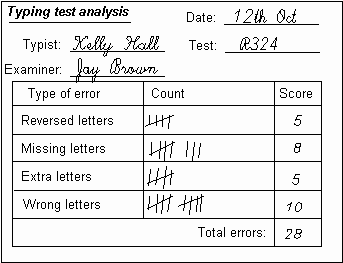Understanding Statistical Tools and Techniques
CHECK SHEET
A check sheet is an organized way of collecting and structuring data. This is a generic tool that can be used for a wide variety of purposes. With the use of this tool, we can collect the facts in a most efficient way. Data is collected and ordered (organized) by adding tally or check marks against predetermined categories of items or measurements. A check sheet simplifies the task of analysis.

A check sheet should be used:
- When data can be observed and collected repeatedly by a particular person or at a particular place
- When collecting data relates to frequency or pattern of events, problems, defects, defect location, defect causes etc.
- When collecting data relates to a particular production process
Following procedure will be useful:
- Define the event or problem to be observed
- Develop operational definitions
- Decide the time and duration of data collection
- Design the check sheet form in such a way that data can be recorded simply by marking check marks or Xs or other similar symbols. The design of check sheet form should make use of input from those who will actually use the check sheet.
- On the fixed time and duration, collect and record data on the check sheet.

A check sheet should be developed in such a way that it is easy to understand. A check sheet is a simple chart for gathering data. When check sheet is designed clearly and cleanly, it assist in gathering accurate and pertinent data, and also allow person concern to read and use data easily.
A check sheet can be kept electronically.
How you liked the write-up. Please post your comments. Thanks.
No comments:
Post a Comment